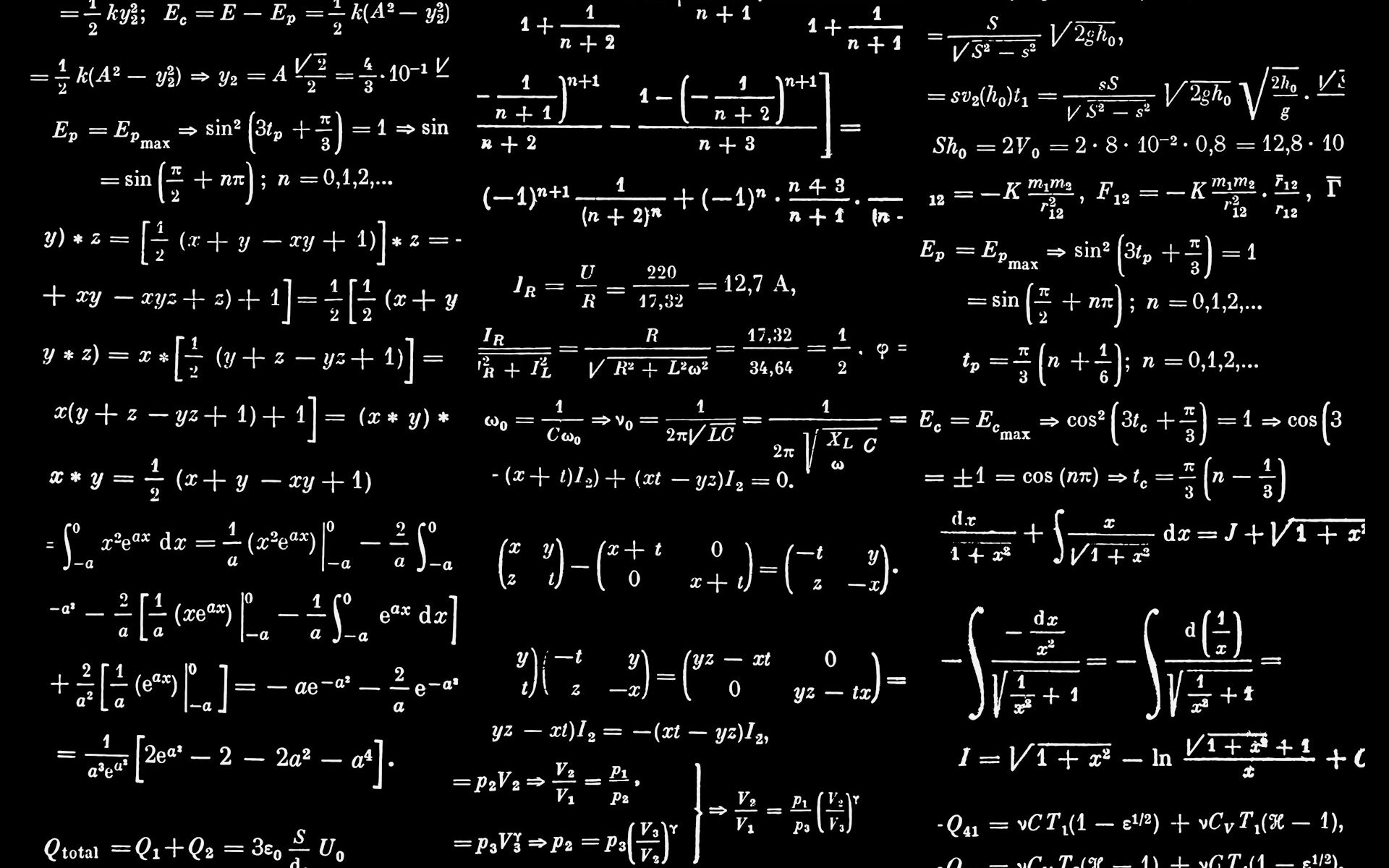Astronomy, at its heart, is a mathematical science. From calculating the distances to faraway stars to determining the sizes of celestial bodies, math provides the essential tools for understanding the universe. This article explores the profound connection between astronomy and mathematics, highlighting how mathematical principles enable astronomers to unlock the cosmos’s secrets.
Measuring Cosmic Distances with Parallax
One of the most fundamental challenges in astronomy is determining the distances to stars. Parallax, a trigonometric method, offers a solution. By observing the apparent shift in a star’s position against the background of more distant stars as the Earth orbits the Sun, astronomers can calculate the star’s distance using basic trigonometry. The smaller the parallax angle, the farther away the star.
Using the Inverse Square Law to Determine Brightness
The brightness of a star as seen from Earth depends on both its intrinsic luminosity and its distance. The inverse square law states that the observed brightness decreases with the square of the distance. By comparing a star’s observed brightness to its intrinsic luminosity (estimated from its spectral type), astronomers can infer its distance. This method is particularly useful for distant stars where parallax measurements are impractical.
Kepler’s Laws of Planetary Motion: A Mathematical Symphony
Johannes Kepler’s laws of planetary motion describe the elliptical paths of planets around the Sun, their varying speeds, and the relationship between their orbital periods and distances. These laws, derived from meticulous observations and mathematical analysis, revolutionized our understanding of the solar system. They demonstrate the power of mathematical modeling in predicting and explaining astronomical phenomena.
Calculating the Sizes of Stars and Planets
The sizes of stars and planets can be determined using a combination of distance measurements and angular diameter observations. By measuring the angle subtended by a celestial object in the sky and knowing its distance, astronomers can calculate its physical diameter using basic trigonometry. This technique allows us to compare the sizes of different celestial bodies and understand their physical properties.
Mathematical Models in Cosmology
Cosmology, the study of the origin and evolution of the universe, relies heavily on mathematical models. Einstein’s theory of general relativity provides the framework for understanding gravity and the large-scale structure of the cosmos. Mathematical models based on general relativity are used to simulate the evolution of the universe, study the formation of galaxies, and investigate the nature of dark matter and dark energy. These models allow astronomers to explore the fundamental questions about the universe’s past, present, and future.
In conclusion, mathematics is an indispensable tool for astronomers, enabling them to measure cosmic distances, determine the sizes of celestial objects, and model the evolution of the universe. As astronomical observations become more precise and mathematical models become more sophisticated, our understanding of the cosmos will continue to deepen, revealing new wonders and challenging our current understanding.


